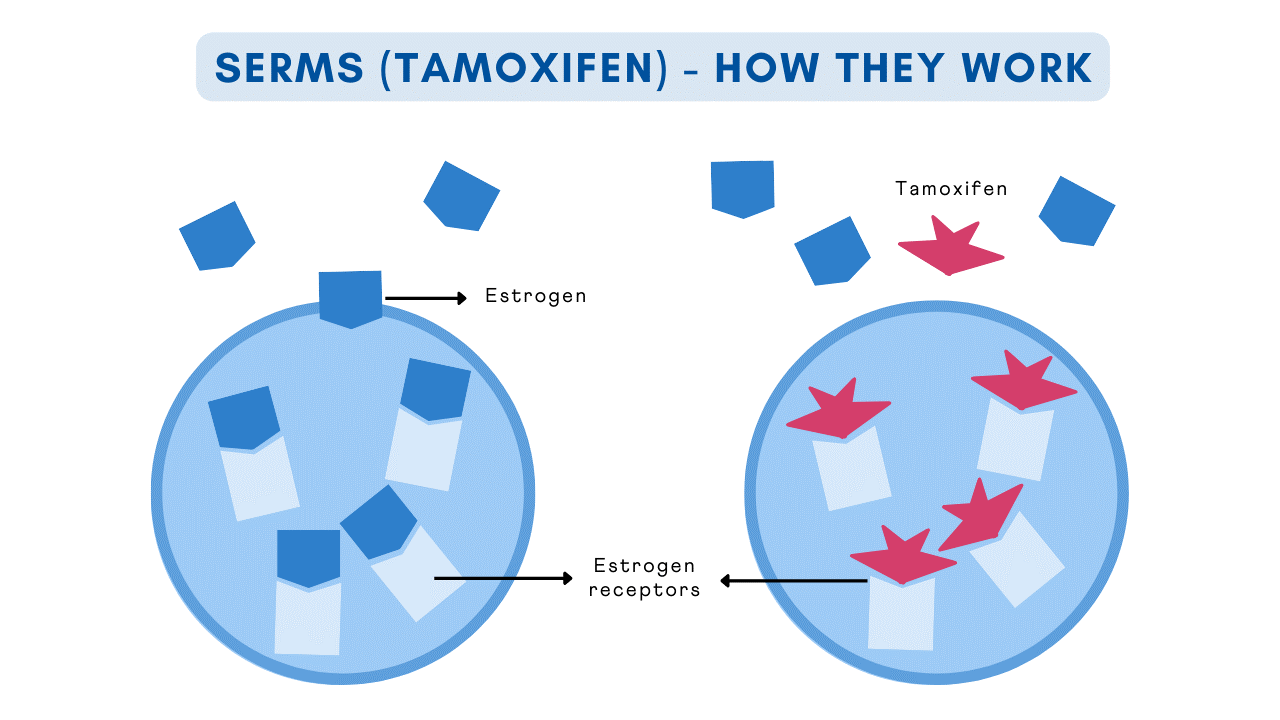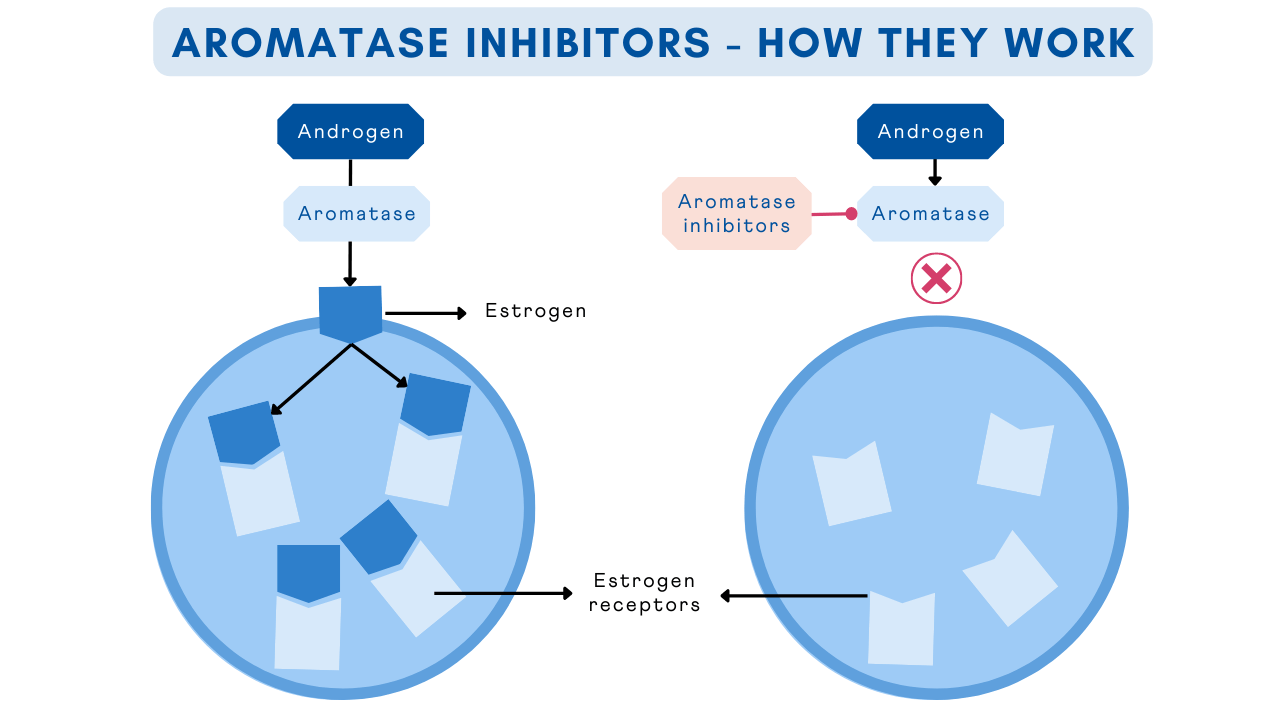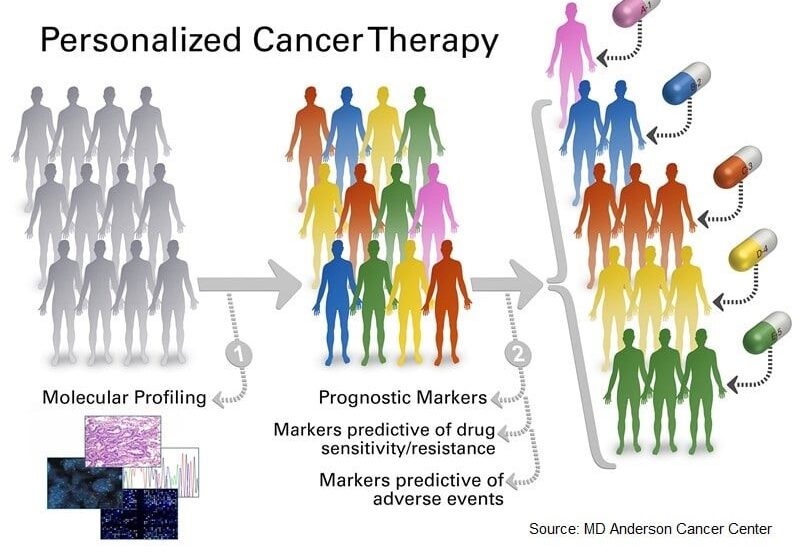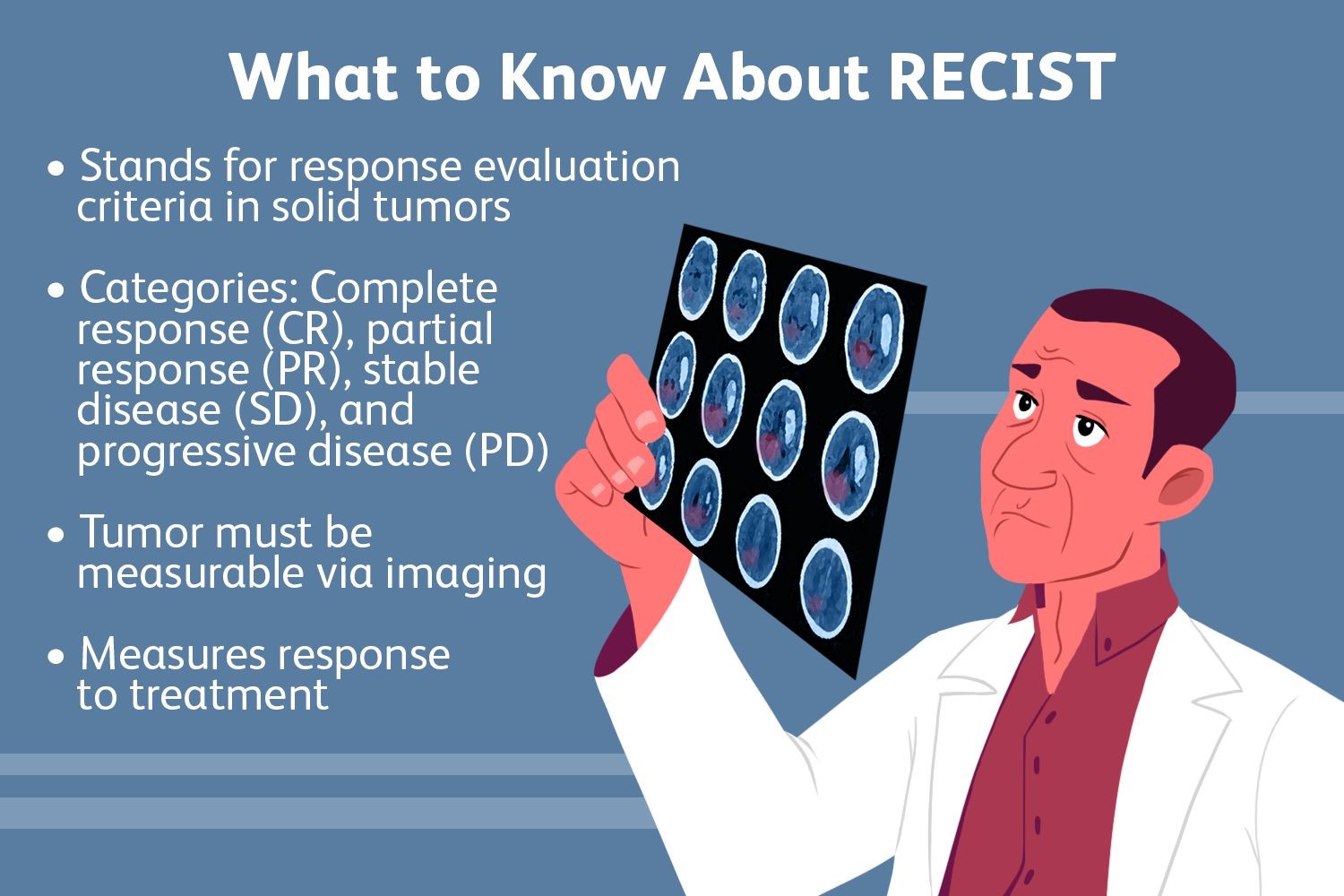By Frangiska Mylona,
The next type of systemic therapy is hormonal therapy. The concept behind this type of treatment is simple; it is used for hormonal-sensitive tumors like for prostate, breast, or endometrial cancers, by either inhibiting the release of the hormone into the bloodstream or by blocking the hormone’s receptor. Four types of hormonal treatment will be analyzed; the GnRH (gonadotropin releasing hormone) agonists like the Goserelin acetate, which, as a side effect, may cause impotence and hot flashes.
The antiestrogens are most effective in postmenopausal women, since they have a lower affinity for estrogen receptors than estrogens. Therefore, since postmenopausal women do not produce the same high amount of estrogens as premenopausal women do, they are very beneficial for breast cancer, especially for the postmenopausal patients. An antiestrogen drug example is Tamoxifen and it is linked with a high risk of developing endometrial carcinoma, as well as with an increased risk for thromboembolism.

The aromatase inhibitors like Anastrozole manage to stop the conversion of androgens into estrogens. They are especially beneficial for the treatment of estrogen receptor positive breast cancer, however they are associated with osteoporosis development and with an increased risk for cardiovascular events in patients with preexisting coronary artery disease. Lastly, there are also the antiandrogens like Bicalutamide, used not only for prostate carcinoma but also for hair loss in males and in hirsutism in females.

From the previous article, the connection between molecular testing and targeted therapy was analyzed, since the former needs to be conducted in order to proceed with the latter. Monoclonal antibodies, which are part of targeted therapy, will attack some transcription factors, which are components of the cell signaling process, an important pathway that ultimately results in the cell’s activation, survival, and division. Some famous molecular markers that will be attacked by these monoclonal antibodies are the HER-2, EGFR, and VEGF. Examples of these types of drugs are the anti-EGFR like Cetuximab, anti-HER2 like Trastuzumab, and anti-VEGF like Bevacizumab, which is also used in age-related macular degeneration.
Another category of targeted therapy is tyrosine kinase inhibitors, which will ultimately downstream the major outcome of the cell signaling process, which is cell activation. There are two types of these drugs, including monokinase inhibitors like Everolimus (mTOR) and multi-kinase inhibitors like Sunitinib.

The last type of treatment that will be analyzed is immunotherapy. One of the neoplasm’s fascinating characteristics is its ability to “hide” from the immune system. Immunotherapy acts indirectly and helps the immune cells recognize the tumor cells and act against them. Drugs for this category are anti-PD-1 like Nivolumab, anti-PD-L1 like Azetolizumab, and anti-CTLA-4 like Ipilimumab.
There are two important criteria that need to be evaluated before and after the treatment. The ECOG scale is important for evaluating the state of the patient, before starting the therapy, so as to know how possible is it for them to withstand the treatment, and the RECIST criteria, which will give an insight, after the first cycle of treatment, regarding its outcomes and to guide the physician on whether it is appropriate to stick to this therapeutic approach or change it for the benefit of the patient.

In a nutshell, it is clear that one drug is impossible to treat all types of tumors. Cancer has a multifactorial facet but, at the same time, it is an individual disease, since there are many molecular and pathophysiological patterns that can lead to its manifestation. One “new” pill would not be enough to act in all the ways of the aforementioned categories of medications, however there are always new techniques and new perspectives in the field of oncology in order to alleviate the symptoms and fight tumors.
Nevertheless, one of the most important factors that will aid against cancer is prophylaxis. As the father of medicine, Hippocrates stated that it is better to prevent than cure, therefore it is vital to follow the vaccination regimens, like the HPV-vaccines that have the potential to prevent more than 90% of the HPV-associated cancers. Also, it is essential to visit the doctor for every concern, with no shame or fear, as well as following the recommended screening regulations that are crucial, not only for patients that have a positive family history but for all people who have reached the appropriate age for screening.
Keep in mind that the most vulnerable time for tumors to be treated is at their early stages and screening is quite helpful in the diagnosis, but also in the prevention. After all, the aim of cancer treatment is not to be conducted by one drug, but to be suited for each patient, to respect their needs, their wishes, and their physical and mental state, while aiming for the best outcome.
References
- Introduction to Medical Oncology. Systemic therapies- Chemotherapy, Hormonal therapy, Targeted therapy, Immunotherapy. Lectures from the Oncology department of the Medical University of Sofia
- Suzanne Baron, Christoph Lee. “Lange Pharmacology Flashcards, Fourth Edition“. McGraw Hill / Medical. New York. 2017




